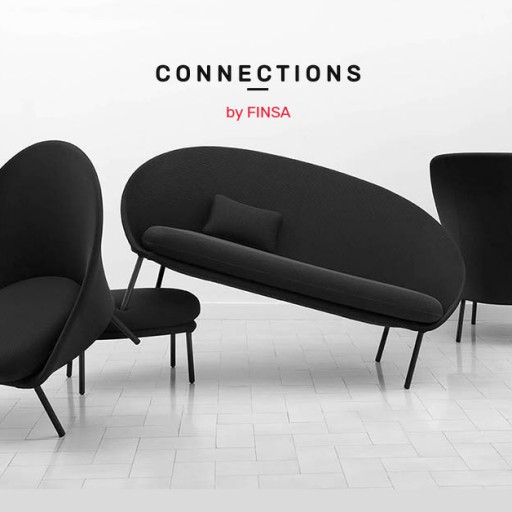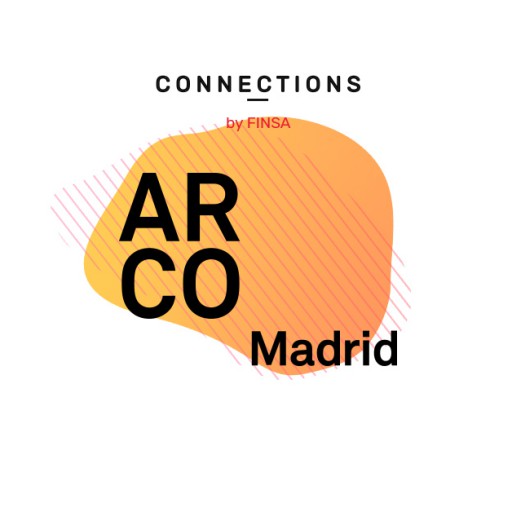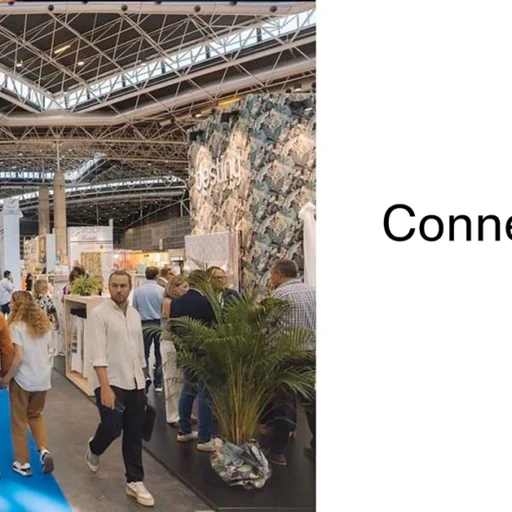Is it right to say that, twenty-two years into the 21st century, we have run out of things to invent? Or is it possible that there is still some uncharted territory to explore, geniuses that are yet to create, and new materials to discover?
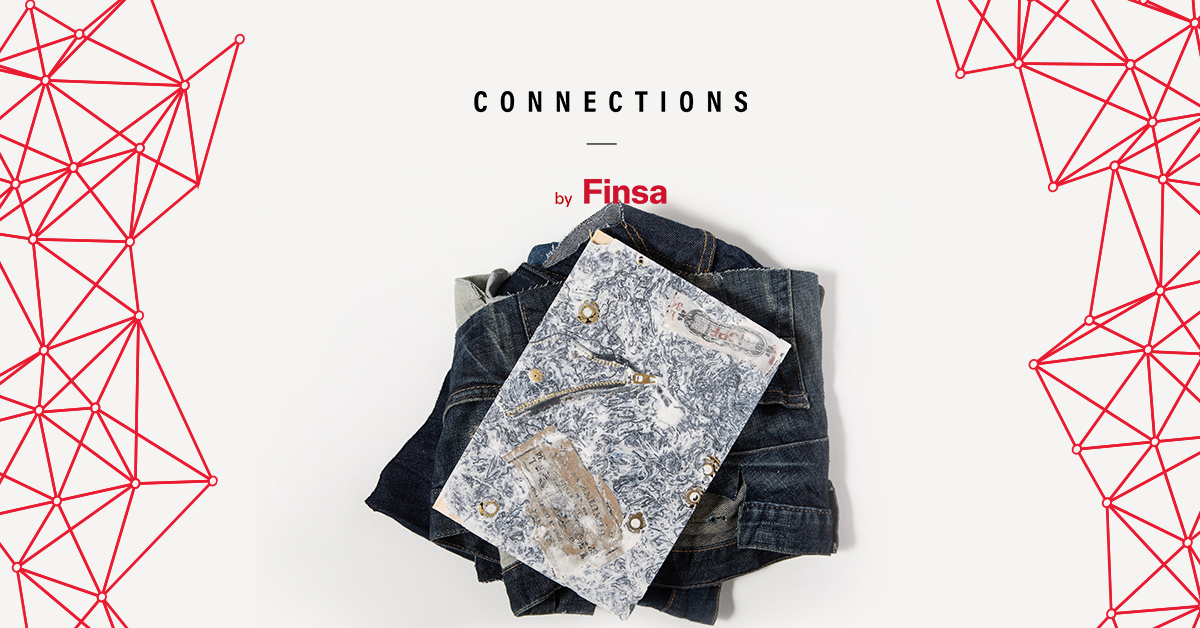
At first, it seems logical that, with every passing day, there are fewer and fewer things that can be invented. But it’s also possible that the opposite is true, that with more research and more patents there are more tools that can be used to develop new technologies and transformative solutions to problems of which we might not even be aware. What is clear is that scientific and technological advancements have been occurring faster than ever in the last few decades and that progress looks set to continue.
More than 188,000 new patents every year
Let’s take a look at some data. Applications presented to the European Patent Office (EPO) increased by 4.5% from 2020 to 2021, right when we were in the middle of a global pandemic. More than 188,000 applications reached the office, setting a new record.
China, USA, and Germany are leading the patent boom, though Spain, Italy, and Nordic countries are up there. In fact, Spain is ranked at number 17, with 1,954 European patent applications from companies and inventors of Spanish origin, almost 9% more than in 2020. That’s also the country’s highest growth rate in the last ten years.
New creations that go beyond technology
Medical technology, biomedicine, chemistry, energy, digital communications, and transport are the fields that register the most patents and applications of inventions. In Spain, healthcare technology and clean energy are also big drivers of innovation, representing approximately a quarter of the patent applications.
There have also been surprising advancements in more ‘everyday’ disciplines such as gastronomy. Ángel León of Aponiente restaurant, AKA el chef del mar (‘the chef of the sea’), has even discovered a new type of food, a type of algae known as eelgrass. The aquatic plant with a sprig-like shape and rice-like grain (though it contains twice the amino acids that rice does), is gluten-free and a great source of vitamins A and B. Oddly enough, it doesn’t taste like seawater. The possibilities it offers are endless thanks to its superfood nutrients and the fact that it’s easy, sustainable, and cheap to cultivate. In fact, it’s already being grown in salt marshlands in the Bay of Cádiz. Léon says it’s “a grain for the future” that could change how we eat.
Ver esta publicación en Instagram
The same thing is happening in design. Innovation is no longer about flying cars so much as asking how people will use their washing machines and toasters in the future. The Museum of the Future, which opened in Dubai last February, has already dared to guess what daily life will be like in 50 years’ time, and it’s the kind of life towards which is apparently virtual and augmented reality, robotics, big data and artificial intelligence is leading us. Perhaps it’s science bordering on science fiction, but let’s not forget that much of what Jules Verne predicted in his novels ended up becoming a reality.
Ver esta publicación en Instagram
Ver esta publicación en Instagram
What’s still to come in interior design for the home
What about furniture for our homes? What does the future hold when it comes pieces that play such a big part in our lives? Escenarios de un future cercano (Scenes from a near future) at World Design Capital Valencia 2022 (WDCV2022), which was curated by journalist and design specialist Tachy Mora, explores the changes that our homes could undergo in the next few years. The exhibition brings together a series of furniture and lighting pieces, as well as domestic scenes that focus on different areas of the home.
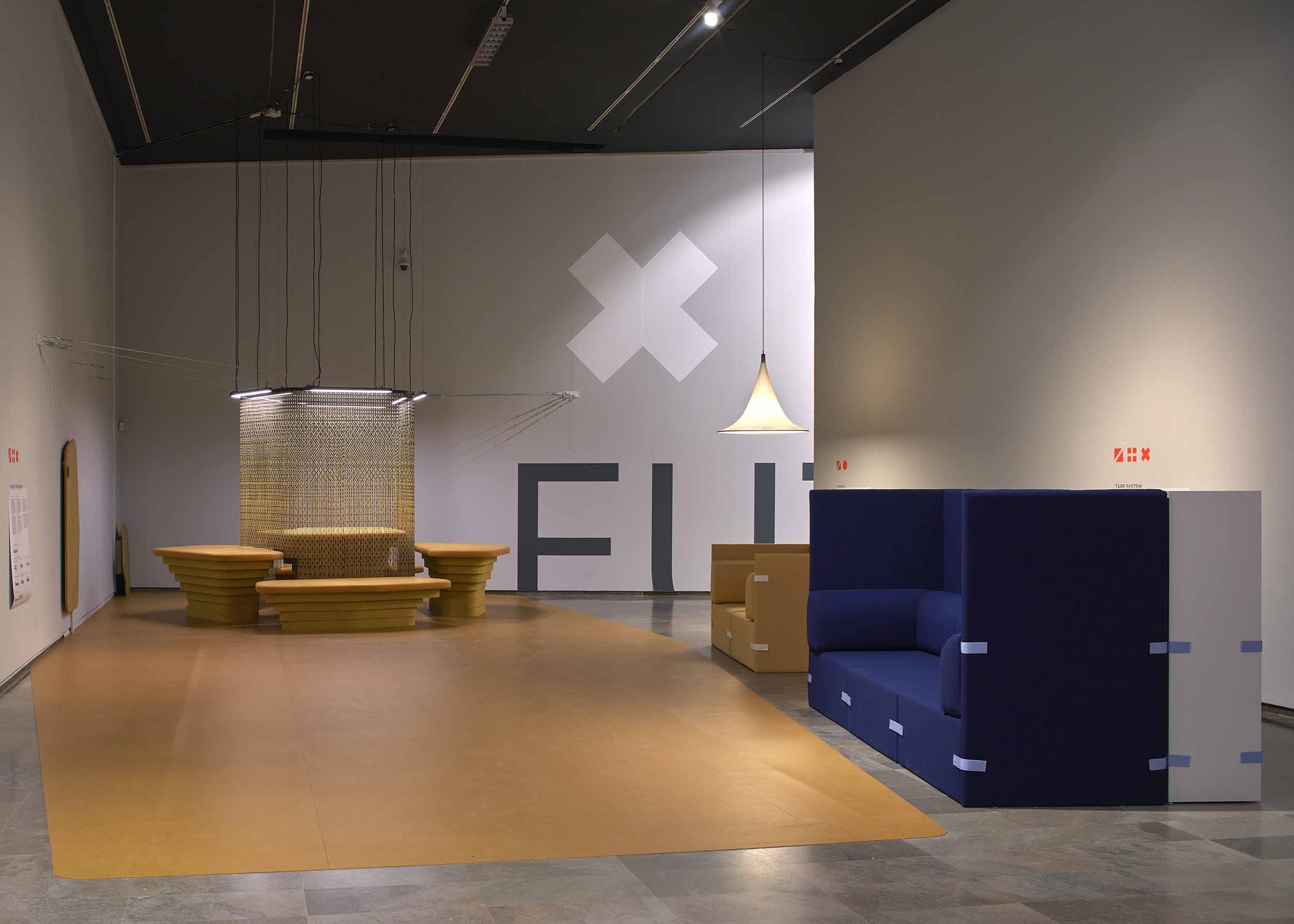
Revolutionary materials
One field that is seeing a lot of progress, and at great speed, is materials, resulting in constant and important changes in technology, the environment, and society. These new materials are often quite surprising. For example, English team Ooho make edible packaging for liquids, while German company Neptutherm has created Neptune Grass, a natural insulation material that comes from the ocean. Then there’s Italian company Frumat, whose Apple Skin material is a vegan leather alternative made from apple waste.
Ver esta publicación en Instagram
The latest materials being used by design researchers and students to create different pieces for interiors were also on display at Dutch Design Week 2022. Some were natural, including spider silk, chitin – the Living Systems table is made from chitin extracted from the shells of crustaceans -, and canvas, as used in the Grano candelabras. Others, like the bioplastics used for the MATching planters, were super modern.
German artist Diana Scherer works with the experimental by growing plant roots, including oats, corn, and wheat, to create a 100% eco-friendly material, the future applications of which include everything from fabrics for the fashion industry to attractive insulation materials that don’t have to be hidden. “The goal is biomanufacturing: textiles that grow underground without the need for external energy,” says Scherer.
Ver esta publicación en Instagram
Hyperin, an environmentally friendly, insulating, fireproof, and innovative material, is already a reality. The high-performing substance was invented by researcher Ana Blasco, who just happened upon it while looking for a substitute for the expanded polystyrene used for monuments during the traditional Valencian Falles celebration. By using rice – a very Valencian product indeed –, she discovered a compound that could be revolutionary for the construction sector thanks to its low cost and excellent qualities. It can be used to manufacture sheets, panels, bricks, and blocks. It can also be used in the automobile sector or appliances and as biocement when wet.
And creative minds just keep coming up with new things. Animal rights organisation PETA has launched the Vegan Wool Challenge, calling for designers and researchers to develop a vegan alternative to sheep’s wool that would have a smaller environmental impact. The first participant to develop a material that imitates the look, texture, and performance of wool and have it commercialised by a big fashion brand will receive a million dollars.
Innovation using waste
The future of this new culture of materials is not just about manufacturing completely new materials. It’s also about rethinking materials that already exist and that we use to build furniture and then reusing them in an innovative way. One such material has been developed by Atelier Fabric and can be used in interior decorating and architecture. The project reconverts fast fashion products, which usually have a short lifespan, and whose buttons, zippers, beads, and prints are incinerated and cannot be recovered.
Atelier Fabric combine research, innovation, and design and provide a solution to waste produced by big textile companies. The material is created by imitating nature, specifically the formation of coral colonies, absorbing calcium carbonate from waste under controlled pressure and temperature, which results in a solid structure.
Ver esta publicación en Instagram
Ver esta publicación en Instagram
There are also innovative construction materials made from fungi, bacteria, and enzymes. The Foresta system, from Italian biodesign company Mogu, is the first acoustics system that combines a refined timber aesthetic with the innovative character of mycelium. It’s another sustainable option for work and domestic spaces.
The panels are made from acoustic panels consisting of a growing fungi material, which are cultivated using agricultural waste from the textiles industry, on a beechwood frame. These fungi are combined and interlaced with natural fibres before undergoing a final thermal treatment after which they create a new and durable biocompound with proven sound absorption properties. There are no spores, and thus support a healthy and safe environment. The modular design and different colours and textures available make it easy to personalise.
Innovation using raw materials: timber
Timber is still a big part of the future of construction and is another area where a lot of research and innovation happening. Woodoo has come up with a chemical process that extracts the air and gases from wood and replaces it with a mix of polymers. This creates a new, translucent, fireproof material that is also completely water resistant, solving most of the problems that timber construction presents, including the risk of fire and the rot that occurs in damp conditions. This means construction is cheaper, faster, and has less of an environmental impact than builds carried out using concrete or bricks.
Ver esta publicación en Instagram
There is also another new way of understanding and using timber, with technology taking its innovation to another level. Transparent timber, which can be used for windows and solar panels, is obtained by removing the outer layer of wood and working with it at the nanoscale. This results in a new construction material that is completely transparent and that has many applications. Researchers at the KTH Royal Institute of Technology in Stockholm have developed a wood-based biodegradable plastic with a high fibre content that can replace fossil materials used in construction or for furniture and that decomposes without harming the environment. And there’s more. Investigators at the University of Maryland have created a super wood that is stronger than steel and six times lighter. This new construction material, called nanowood, can take 30 times more pressure than other traditional insulating materials and is also a better insulator.
Lots of creativity, new needs, challenges, and climate change mean that there won’t a be lack of inventions any time soon. The question is, what’s next?


